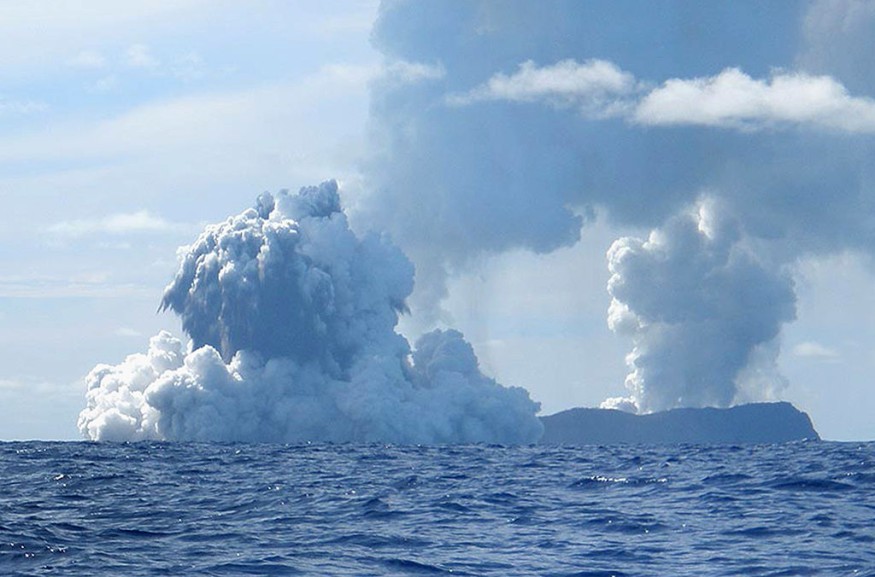Unique life forms never seen before were destroyed during the Tonga volcano eruption in January 2022.
A new study led by researchers from the United States identified a unique microbial community at the island of Hunga Tonga Hunga Ha'apai (HTHH) that likely came from deep underground. The island stood still for seven years only to be destroyed, along with its living organisms, by the volcano that created it.
HTHH is near the Kingdom of Tonga, an island country in the South Pacific Ocean, located south of Western Samoa in the Oceania continent.
The said island formed in 2015 when the underwater volcano erupted at that time. Prior to its destruction, HTHH has become a site of scientific study, where researchers identified the island containing the weird microbes which has the potential to evolve.
However, the chance for the microorganisms to further thrive was cut by the 21st century's strong volcanic eruption. It also prevented researchers to further study the site since HTHH has been obliterated.
The Tonga eruption was massive enough to create a seismic wave in the atmosphere and a global tsunami, according to scientists following the 2022 Tonga eruption.
Tonga Eruption Destroys Unique Life Forms

The study was published in the journal mBio on January 11, wherein researchers from the University of Colorado, Boulder (CU Boulder) and the Cooperative Institute for Research in Environmental Sciences (CIRES) had the rare opportunity to study the said unique life forms at HTHH.
The study highlights the "unparalleled natural laboratory" following a newly formed landmass like the island near Tonga where it emerged due to volcanic activity in 2014 and 2015.
The CU Boulder and CIRES scientists were reportedly surprised from what they have discovered since they expected bacteria families will first colonize the island. Instead, it was inhabited by the bizarre group of mysterious microbes, as cited by Live Science.
New Microbial Community Identified
In its abstract, the new paper mentioned its research team identified the microbial communities found on the surface of sediments of HTHH using a combination of various methods like marker gene sequencing, quantitative polymerase chain reaction (PCR), and shotgun metagenomic analyses.
Contrary to what they expected, the researchers did not detected any photosynthetic cyanobacteria in the sediments. Instead, results of the analyses suggested that early sediment communities comprised of a myriad of bacterial taxa, including anoxygenic photosynthesizers, chemolithotrophs, and trace gas oxidizers.
During a statement on January 17, Nick Dragone, Ph.D student at CIRES and lead author of the study, stated that no individual or group has studied microorganisms in an island system in its early phase from creation, as cited by CIRES, which is in partnership with the National Oceanic and Atmospheric Administration (NOAA).
What Caused the Tonga Eruption?
Scientists and experts in general were reportedly left scratching their heads following the Tonga volcanic eruption of 2022.
Shane Cronin, a volcanology professor with New Zealand's University of Auckland, said the magma inside the Tonga volcano was under immense pressure and had gases trapped within it, adding just a fracture in the rock likely resulted in a sudden drop in pressure. This allowed the trapped gas to expand and blast the magma with force, as cited by PBS News Hour.
© 2025 NatureWorldNews.com All rights reserved. Do not reproduce without permission.





